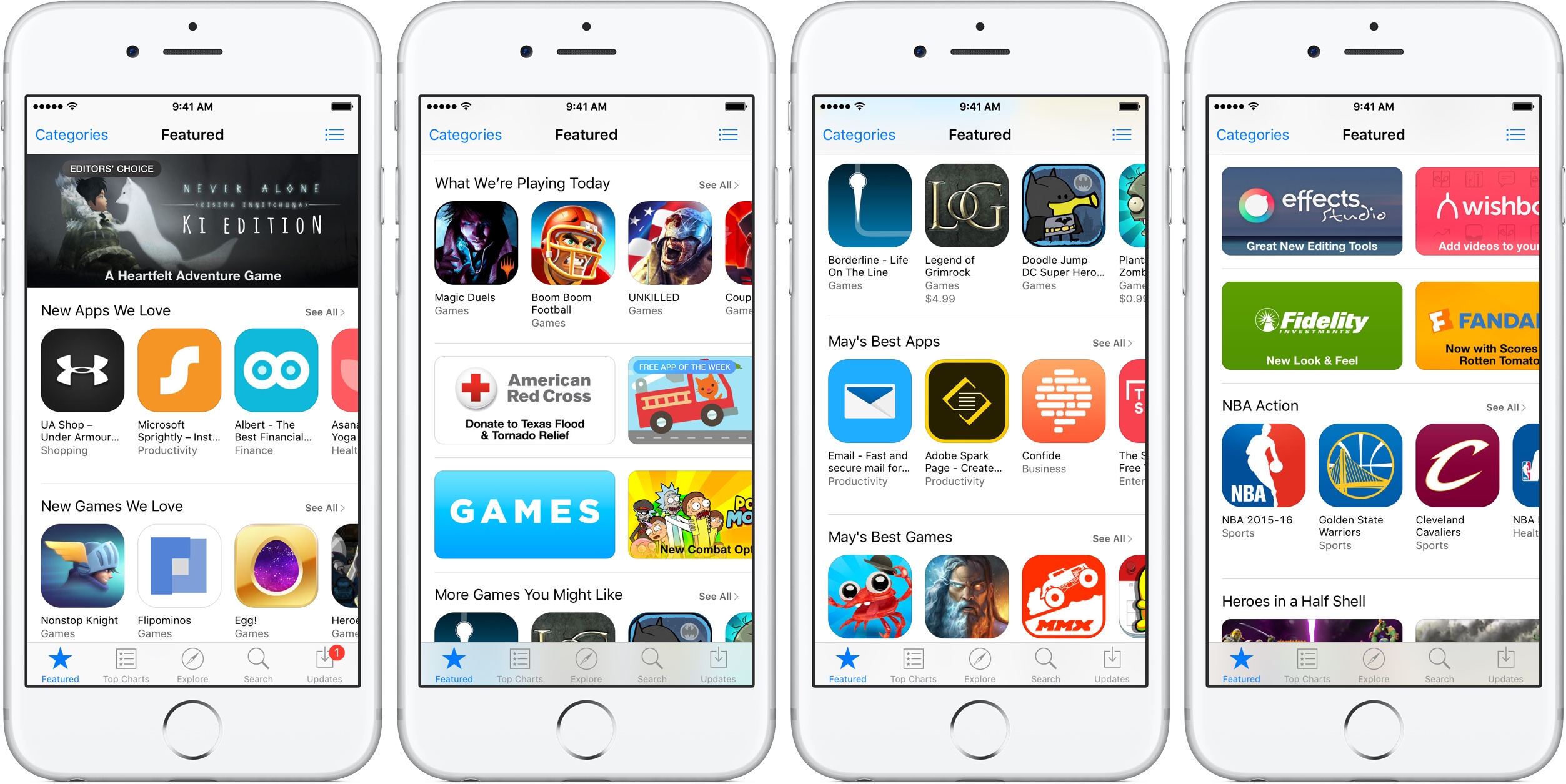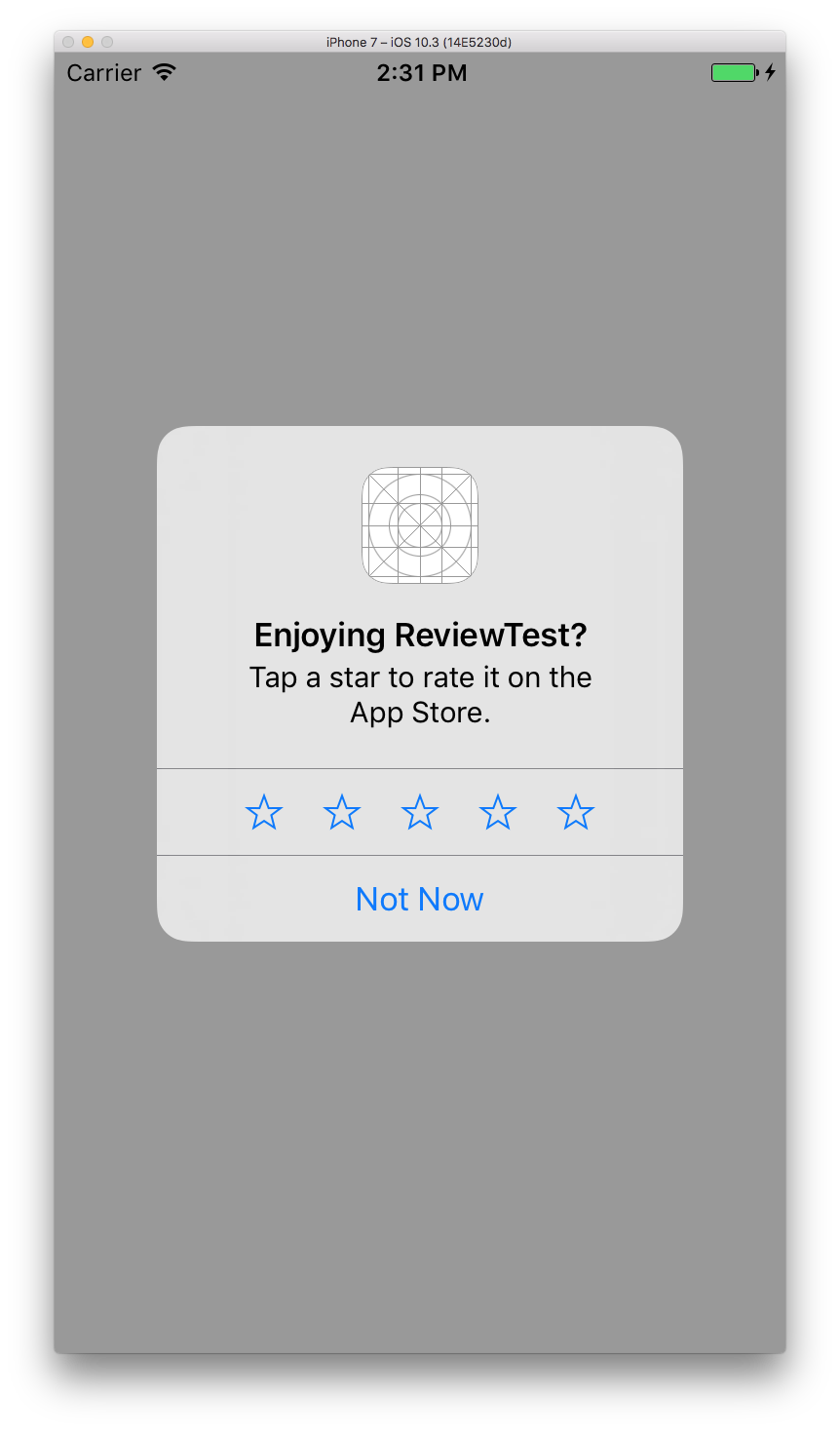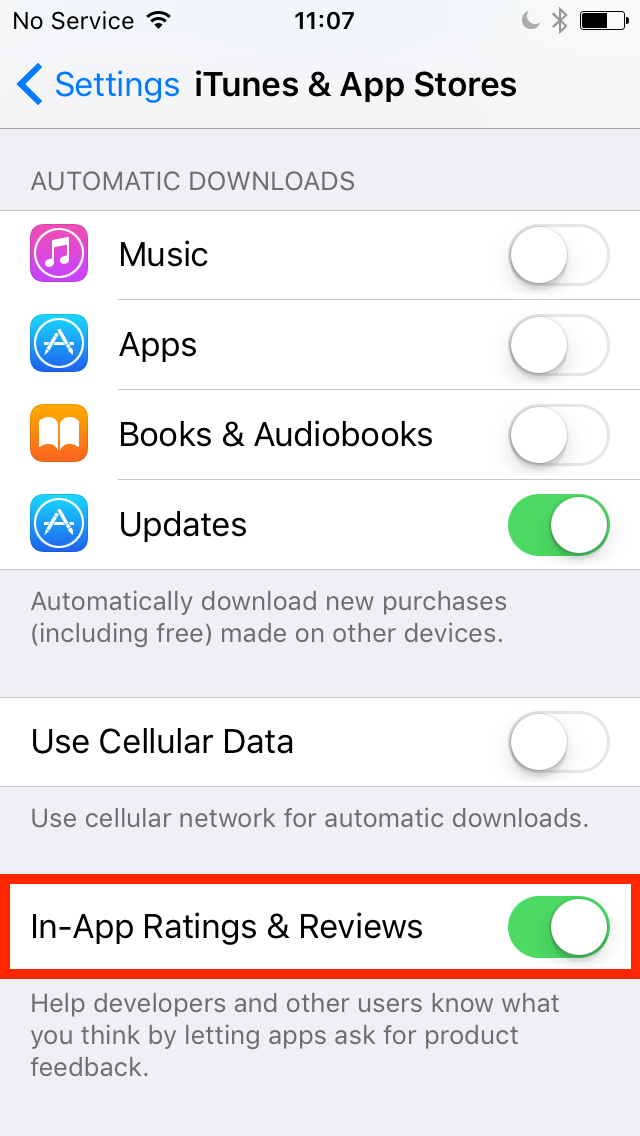Following yesterday’s release of iOS 10.3 and macOS Sierra 10.12.4 betas, Apple announced new features allowing iPhone, iPad and Mac developers to respond publicly to reviews on App Store and Mac App Store while letting customers provide ratings and reviews without leaving their app.
Speaking to The Loop’s Jim Dalrymple and Daring Fireball’s John Gruber, the Cupertino company provided some noteworthy highlights outlining the upcoming App Store review policy changes.
“When iOS 10.3 ships to customers, you will be able to respond to customer reviews on the App Store in a way that is available for all customers to see,” notes Apple, adding that these new features will be available on both App Store and Mac App Store.
Standardizing in-app review prompts
No longer will iPhone, iPad and Mac apps be allowed to inundate you with prompts asking if you’d like to rate them or write reviews. That’s because rather than provide bespoke prompts, developers will be required to use a new App Reviews API.
iOS Simulator screenshot of an in-app rating prompt via Calvin Chestnut.
The App Reviews API handles these alerts much in the same manner as iOS manages existing dialogs for granting apps access to your location, Photos library, Contacts database, Motion capabilities and so forth.
Opt out in Settings
The new API gives more power to the user in terms of deciding whether or not they’d like to see these feedback prompts inside apps in the first place. A new toggle at the bottom of Settings → iTunes & App Stores will let you outright disable in-app reviews on a system-wide level at any time.
Slide a new In-App Ratings & Reviews switch to the OFF position to prevent apps from asking for product feedback. This will momentarily stop in-app prompts for App Store reviews and ratings from appearing in all iOS 10.3 apps that have adopted the new API.
Three prompts per app per year
For the sake of user experience, the new API limits these prompts to three dialogs per year per app (the counter does not get reset each time the developer updates their app). If a user dismisses the prompt three times, they won’t be asked to review the app for another year. If a user rates the app, they won’t be prompted again.
The new App Reviews API encourages developers to only ask users to write reviews after releasing a major new app version because, as you already know, App Store erases the average rating for an app with each update.
Miscellaneous
With iOS 10.3 and the new App Reviews API, responding to an in-app prompt asking to rate or review the app will no longer take you out of the app and into App Store.
Customers now stay inside the app when rating or reviewing it. Additional, Apple now at long last permits developers to respond to customer reviews. Developers can only leave one public response for each user-posted review and their reply gets attached to the review in a thread-like fashion.
It’s also very convenient that customers can now use 3D Touch to label a review as “Helpful” on iPhone 6/6s/7, which should help prevent the new API from being abused.
Although existing apps won’t be required to adopt the new API right from the start, developers will be eventually pushed into using it as the only sanctioned way for apps to prompt for a review. Apple’s official documentation for developers states that existing apps can now create deep links that will lead users to an App Store product page and even to the screen where they can write a review.
These new App Store and Mac App Store review features should be available to everyone once iOS 10.3 and macOS Sierra 10.12.4 release for public consumption and developers transition to the new App Reviews API.
Source: The Loop, Daring Fireball


